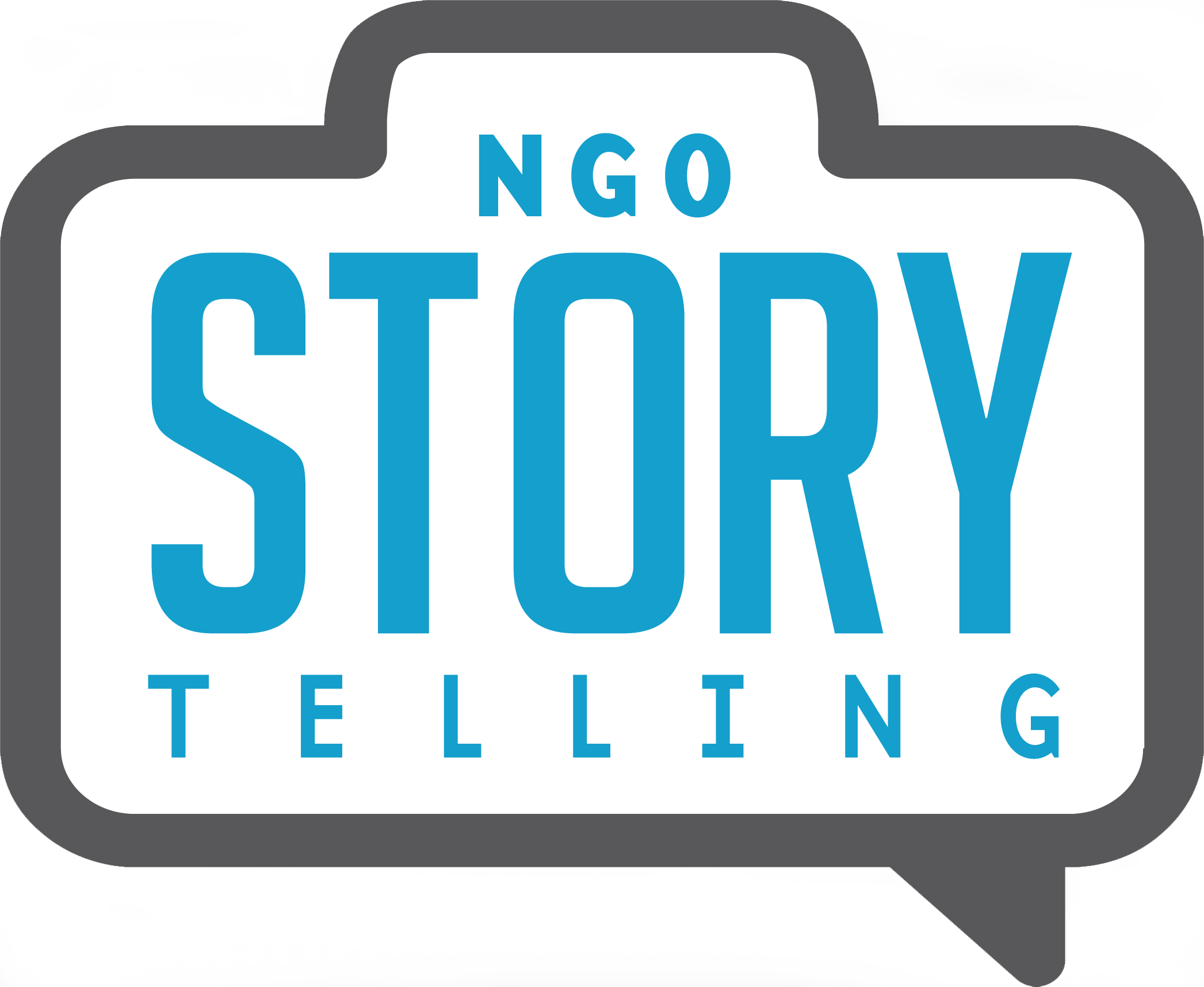Empathy Versus Sympathy in Storytelling
I am a major Brené Brown fan. I find her research on vulnerability and storytelling to be a constant source of inspiration. I regularly stalk her blog. I just finished her latest book. And as if that wasn’t enough I also signed up for her Living Brave semester at Courageworks.
One of her ideas that I keep coming back to is empathy versus sympathy in storytelling. When the content of my stories is sad or shows people dealing with really hard circumstances, I find it difficult to stay in an empathetic frame of mind. Not really sure what the difference is between empathy and sympathy? Check out Brené’s video below:
Video from The RSA on YouTube.
For years, I confused sympathy with empathy. I am a white woman working in international development where I interact with poverty on a regular basis. I come from a life of privilege. How could I possibly understand the lives of the people that I work with when our realities are so different? My sympathy and guilt were getting in the way of my storytelling.
If I can’t empathize with the people I photograph can I really tell their stories in a relevant way?
Theresa Wiseman’s research on empathy says that for a person to have empathy for someone else they must have the ability to listen, the ability to take on another’s term of reference, the ability to understand and not judge, and the ability to communicate understanding.
I have spent years thinking that the best way I could help someone was to create a story and then push it out to as many channels as possible. I thought if more people see this then they will be touched by it and then they can help. But in reality I was skipping out on one of the most important things I can do for someone– witness their life. I was more focused on telling a story then connecting with the person I was documenting.
And I realized that I needed to change my perspective on the work I do. Could I start to listen to the people I was photographing and understand the way they saw their life? Could I feel with them, not for them? And most importantly, could I stop inserting my experience into their life?
This reflection forced me to change my story collection methods. I spend a lot more time getting to know the people I am going to photograph. I’ve started to ask to the nonprofits I work with to connect me with people within the organization that have a relationship with the person I am interview. Having this person's perspective of helps me form the bones of the story. By the time I interview the main character of my story, I focus on listening to how they see themselves in the story instead of getting caught up in the emotional elements of their stories.
The most difficult part of the empathy process is learning not to judge and how to communicate understanding. It’s something I am working on. For years, I thought my purpose was to create the most compelling photos possible. I am learning that the most important work I will ever do is to take the time to listen and understand someone. As Brené says, "Rarely can a response make something better. What makes something better is connection."
